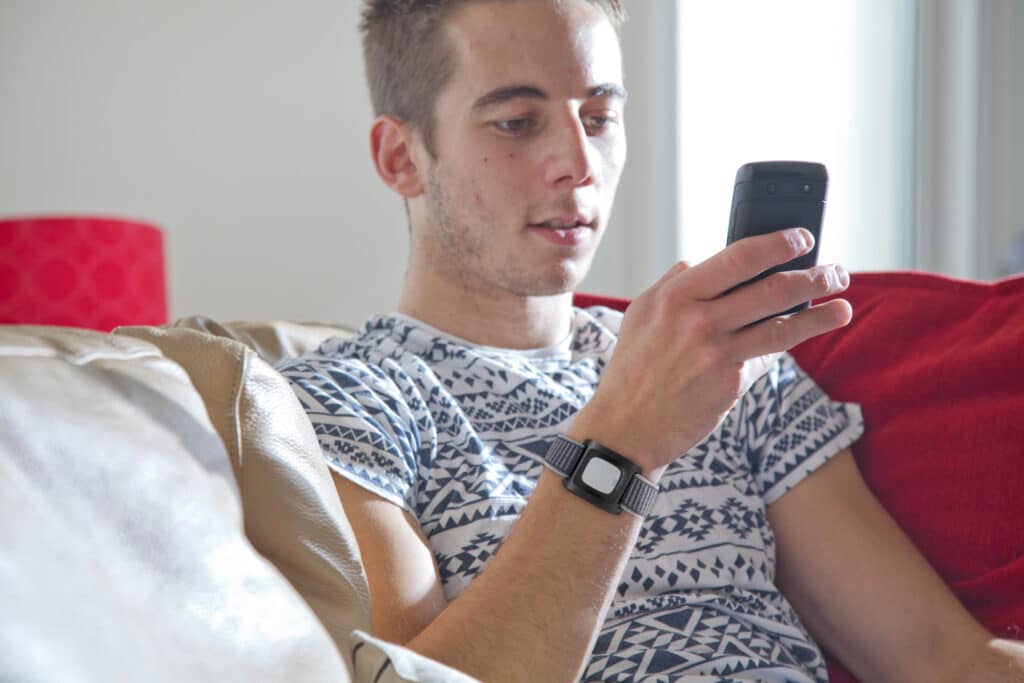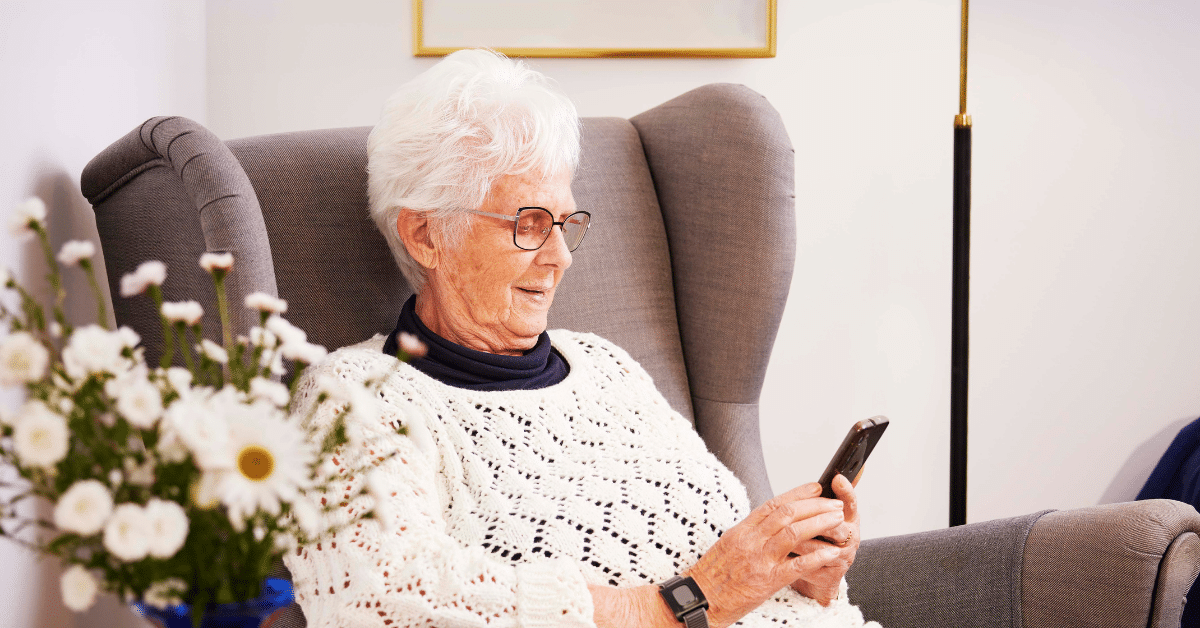James is 19 year’s old who has recently moved out of his parent’s house into a basement flat. He is an insulin-dependent diabetic and has nocturnal epileptic seizures, but is keen to live independently, if possible.

James main concerns were that he would have a seizure and nobody would be aware of it but also that there were security issues connected with living alone. A personal alarm service was installed, but he chose to have a waist-worn fall detector rather than a pendant, so that if he had a hyperglycaemic attack it would activate automatically rather than him having to press a button. (However, he could still press the button in the centre of the fall detector if needed).
To reduce risks at night-time or when in the shower (when not wearing the fall detector), a radio pull cord was installed in the bathroom. To monitor for epileptic seizures, an epilepsy sensor was fitted to his bed.
During seizures, he sometimes loses control of his bladder. At his request an enuresis sensor programmed to alert the contact centre was fitted to the bed.
Access to the flat was via an outside door, reached by a flight of stairs going down below street level and therefore quite isolated. James was concerned about unwanted callers, so a bogus caller button was fitted to the door just behind the front door, where it was hidden from sight but easily accessible.
A key safe was fitted to allow emergency services access. James also wanted the security of a chain on the front door, so we fitted a releasable door chain which could still be opened by emergency services from outside by using the key in the key safe.
On review two months later, James had successfully made the transition to independent living and was enjoying his new lifestyle. He said having telecare equipment fitted had not only given him confidence by providing a secure environment, but also reassurance that in the event of a seizure or hypoglycaemic attack emergency services would be alerted and help would soon arrive.
